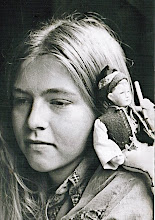In 1891, Winnipeg became the third Canadian city to introduce electric streetcars. All was well for a number of decades, but dissatisfaction brewed after the end of World War II. In the early 1950s, the city hired an engineering consultant to look at the various options for streetcars and to explore whether the service could be expected to pay for itself and what entity should control it. As in many North American cities, the Winnipeg streetcars had been operated by the power company, in this case the Winnipeg Electric Company.
The consultant recommended that the government take over operation of the system, which it did. Unfortunately, people complained more about the service under government operation than they did before. At the same time, people were extolling the virtues of buses over streetcars. So many other cities were changing over to buses. Not surprisingly, Winnipeg's streetcar system was replaced by buses in 1955.
The change to buses seems very odd to many of us today, but at the time it was considered the more modern and appealing alternative. People thought the streetcars were old and clunky and the buses were newer and more comfortable, which is approximately the reverse of public perception today. Buses had greater flexibility and could pull up to the curb, which also provided greater customer safety when boarding or disembarking. Although measures have been taken to make streetcar boarding much safer today, the appeal is still largely personal and aesthetic. Appeal is not inconsequential either; if transit is expected to draw people out of their automobiles, it has to be appealing.
More recently, the City of Winnipeg has looked at introducing an aerial tram system that would operate above the streets.
Speaking of appeal - the front of the card is fairly simple and straightforward, the back is very ornate.





















